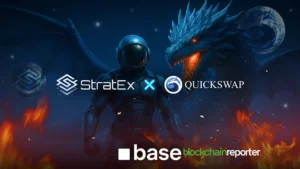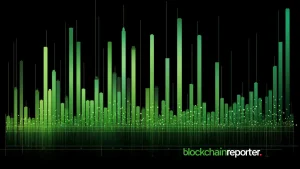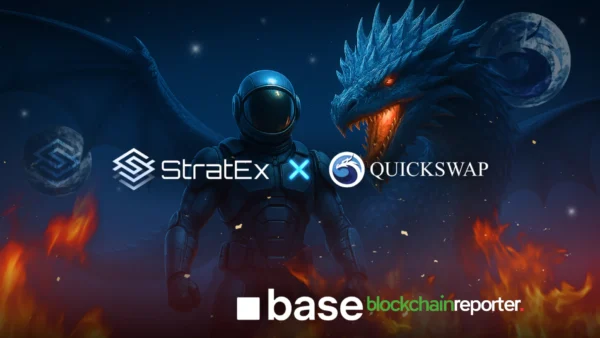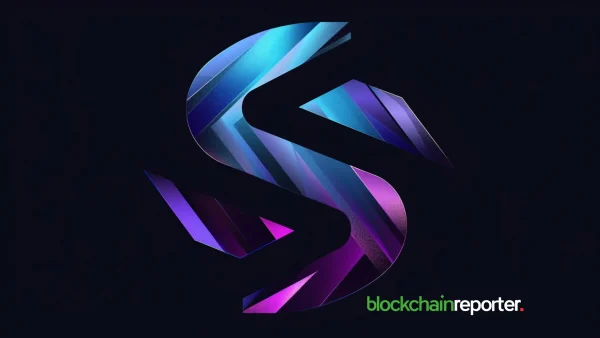
As of October 15, 2024, the total weekly trading volume across decentralized exchanges (DEXs) has reached $39.4 billion, showcasing the strong activity within the decentralized finance (DeFi) ecosystem. Uniswap, the leading DEX, continues to dominate the space with a significant trading volume of $10.44 billion. As per the data from the crypto media outlet Phoenix, Uniswap is ahead of its competitors with a considerable margin in the weekly trading volume.
Pancakeswap Follows Uniswap with $5.51B in Weekly Trading Volume
Just behind Uniswap is Pancakeswap which has a total trading volume of $5.51 billion. Pancakeswap is one of the most used decentralized exchanges to this date, especially on the Binance Smart Chain (BSC) due to its simple interface and affordable rates.
Raydium another market maker in the decentralized exchange market takes the third position with $5.32 billion trading volume. Raydium is built on the Solana blockchain and has fast transactions and high liquidity, so many traders use it.
Moreover, Aerodrome comes fourth with trading volume of $3.19 billion. This DEX is on the rise in the DeFi sector because of its characteristics and the increasing use of its environment. Orca comes second with $2.39 billion trading volume and makes a point of focusing on user experience and fast trading on the Solana ecosystem.
In addition, Curve, an automated market maker (AMM) DEX that specializes in stablecoins, is a close sixth with $1.24 billion in trading volume. The trading platform has attracted those seeking to engage in trading with low slippage of the stablescoins liquidity pool.
Top DEX Report Strong Volumes as DeFi Expands Across Platforms
Cetus is also growing as a top DEX and has a trading volume of $1.09 billion. Camelot, another exchange on the list, has reported $604 million. Last but not least, LFJ has shown approximately $598 million weekly trading volume.
Lastly, such exchanges, as described by Phoenix, will continue to be active as DeFi advances as they provide the liquidity, efficacy, and accessibility needed for trading. Ultimately, these high trading volumes are an indication of growing adoption of decentralized finance and as more users use these platforms, the future of finance is likely to be defined by these networks.








